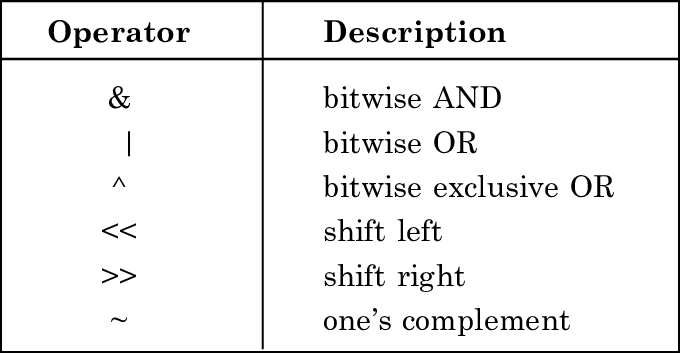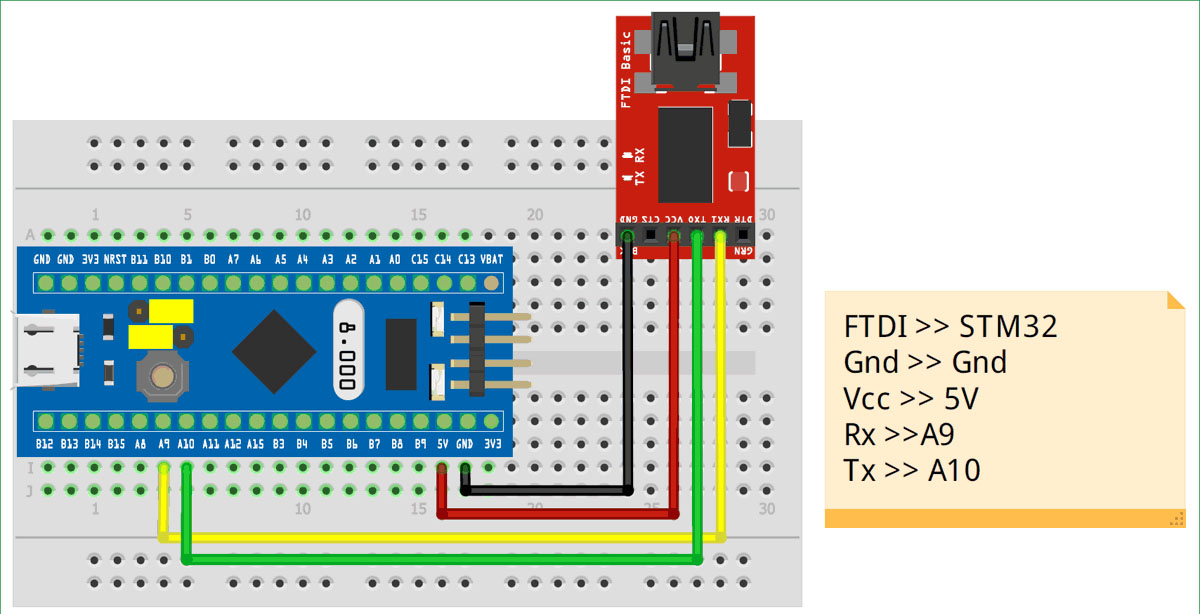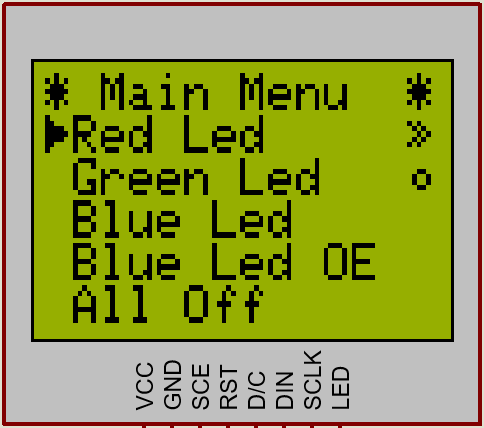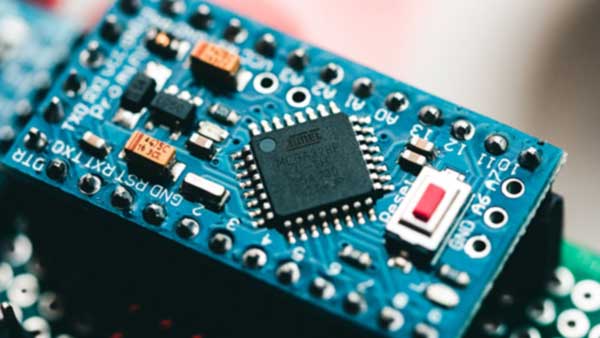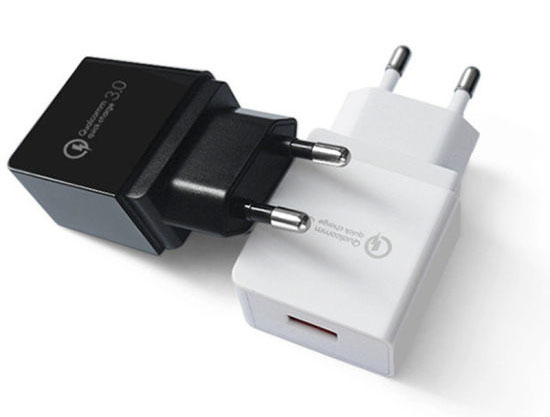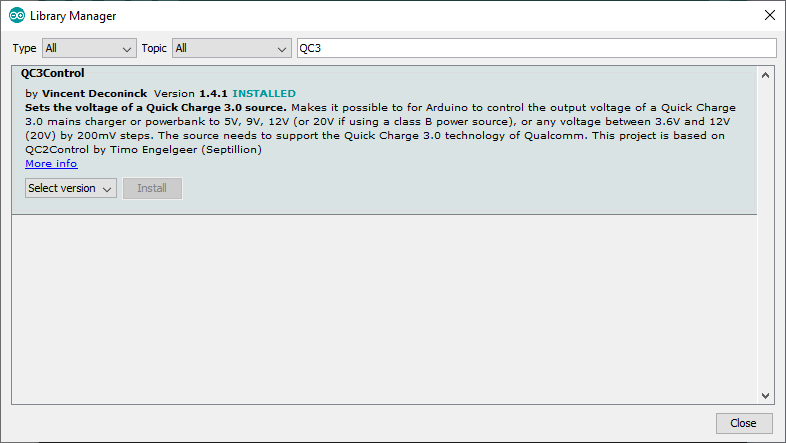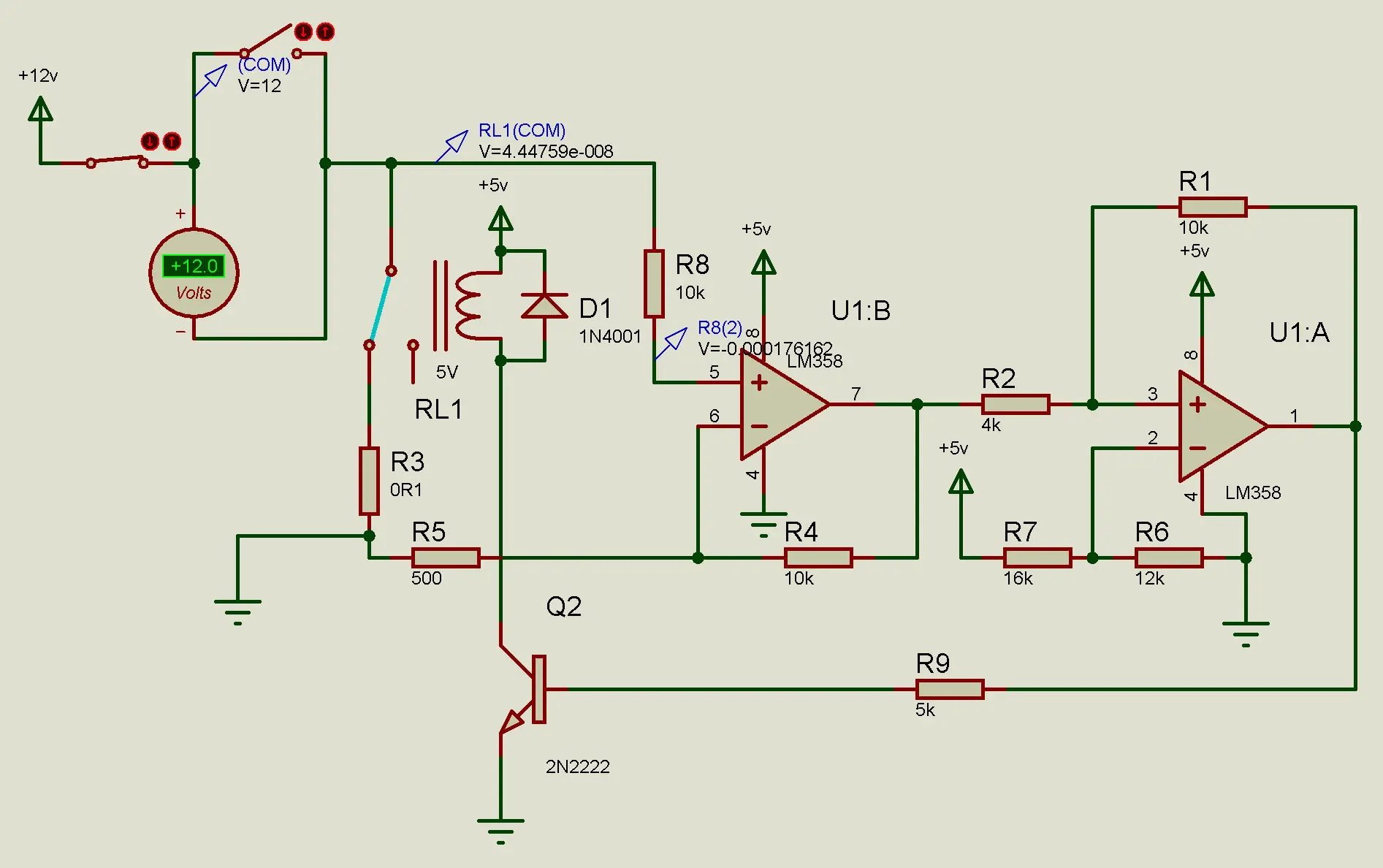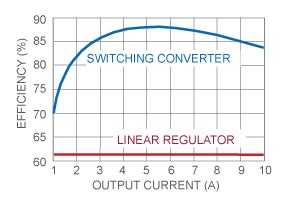Bit by Bit operations (Bitwise)
Today I bring you a tutorial about how to use the bit by bit operations, lso called bitwise. This kind of operations are very useful programming, because it will allow us to do some operations like for example: Save memory packing multiple booleans inside every byte Work with microcontroller registers (wich I’ll talk later on … Read more

